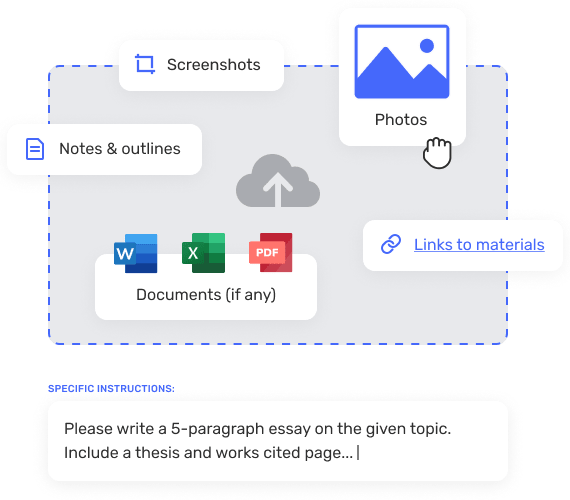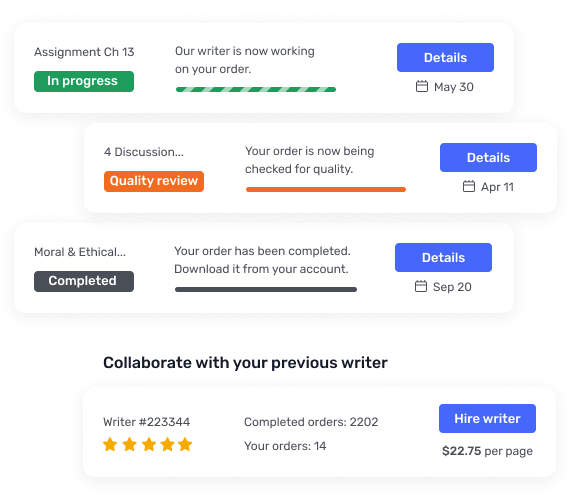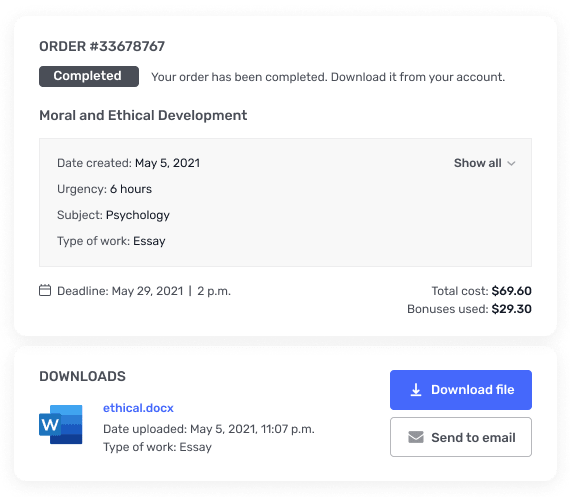GCU HLT362 week 5 Questions to Be Graded: Exercises 14 and 19
Complete Exercises 14 and 19 in Statistics for Nursing Research: A Workbook for Evidence-Based Practice,and submit as directed by the instructor.EXERCISE 14Understanding Simple Linear Regression1. According to the study narrative and Figure 1 in the Flannigan et al. (2014) study, does the APLS UK formulae under- or overestimate the weight of children younger than 1 year of age? Provide a rationale for your answer.2. Using the values a= 3.161 and b= 0.502 with the novel formula in Figure 1, what is the predicted weight in kilograms (kg) for a child at 9 months of age? Show your calculations3. Using the values a= 3.161 and b= 0.502 with the novel formula in Figure 1, what is the predicted weight in kilograms for a child at 2 months of age? Show your calculations. y4. In Figure 2, the formula for calculating y(weight in kg) is Weight in kg = (0.176 × age in months) + 7.241. Identify the yintercept and the slope in this formula5. Using the values a= 7.241 and b= 0.176 with the novel formula in Figure 2, what is the predicted weight in kilograms for a child 3 years of age? Show your calculations. 6. Using the values a= 7.241 and b= 0.176 with the novel formula in Figure 2, what is the predicted weight in kilograms for a child 5 years of age? Show your calculations.7. In Figure 3, some of the actual mean weights represented by the blue line with squares are above the dotted straight line for the novel formula, but others are below the straight line. Is this an expected finding? Provide a rationale for your answer.8. In Figure 3, the novel formula is (Weight in kilograms = (0.331 × Age in months) – 6.868. What is the predicted weight in kilograms for a child 10 years old? Show your calculations.9. Was the sample size of this study adequate for conducting simple linear regression? Provide a rationale for your answer.10. Describe one potential clinical advantage and one potential clinical problem with using the three novel formulas presented in Figures 1, 2, and 3 in a PICU setting.EXERCISE 19Understanding Pearson Chi-Square1. According to the relevant study results section of the Darling-Fisher et al. (2014) study, what categories are reported to be statistically significant? 2. What level of measurement is appropriate for calculating the ?2statistic? Give two examples from Table 2 of demographic variables measured at the level appropriate for ?23. What is the ?2for U.S. practice region? Is the ?2value statistically significant? Provide a rationale for your answer4. What is the dffor provider type? Provide a rationale for why the dffor provider type presented in Table 2 is correct. df = 2 for provider type in table 25. Is there a statistically significant difference for practice setting between the Rapid Assessment for Adolescent Preventive Services (RAAPS) users and nonusers? Provide a rationale for your answer. 6. State the null hypothesis for provider age in years for RAAPS users and RAAPS nonusers7. Should the null hypothesis for provider age in years developed for Question 6 be accepted or rejected? Provide a rationale for your answer.8. Describe at least one clinical advantage and one clinical challenge of using RAAPS as described by Darling-Fisher et al. (2014).9. How many null hypotheses are rejected in the Darling-Fisher et al. (2014) study for the results presented in Table 2? Provide a rationale for your answer.10. A statistically significant difference is present between RAAPS users and RAAPS nonusers for U.S. practice region, ?2= 29.68. Does the?2result provide the location of the difference? Provide a rationale for your answer.




